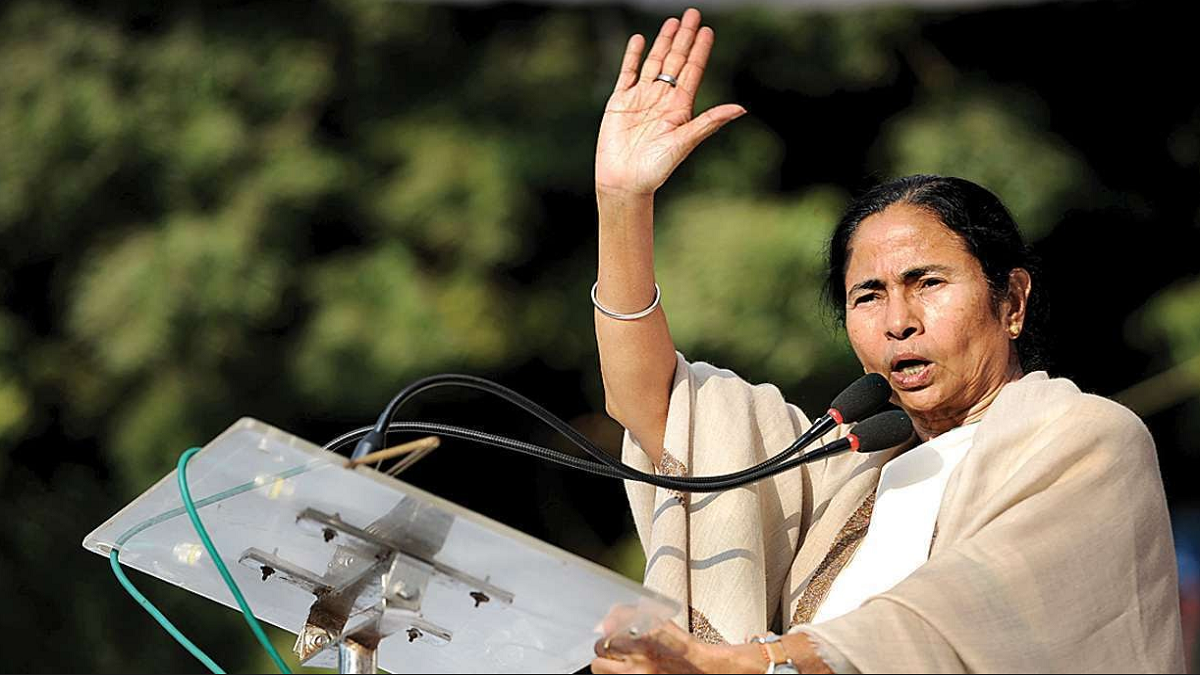Litmus test for federalism in the aftermath of Cyclone Yaas.
The fallout of Plassey 2—BJP’s attempt to wrest West Bengal and Trinamool’s ability to overcome and retain power in “Nabanna”, which has replaced the traditional Writers’ Building as the state’s seat of power—has now put Federalism on acid test. On 28 May, Prime Minister Narendra Modi faced a hostile Mamata Banerjee at the Kalaikunda IAF base, where she preferred to skip a disaster review meeting. This was in sharp contrast to the orderly meeting Modi had conducted earlier that day in Bhubaneswar, where Odisha Chief Minister Naveen Patnaik had extended all courtesy due to the nation’s Head of Government and made no untoward demands, though Cyclone Yaas had caused greater devastation in that state. Patnaik is currently the longest serving CM in the country—he became CM in March 2000; predating Modi assuming office as Gujarat CM in October 2001. [Patnaik’s disaster management post Yaas has been lauded by the United Nations office for Disaster Risk Reduction (UNDRR), which had praised him in 2013 as well. He is the only Indian to have been so acclaimed.]
Collateral of the skirmish between Modi and Mamata has been the unsavoury exit of an IAS officer, Alapon Bandopadhyay, as Chief Secretary. Whether the officer acted contrary to protocol and whether the extension in service granted to him by the Centre, at the state’s request and the subsequent punitive steps initiated were justified will be clear in the days to come. “Crowd sourcing” opinion in media and critical voices of retired bureaucrats seem to suggest that Bandopadhyay has been wronged. Constitutional experts opine that Articles 256 and 257 and the powers under Article 365 endow the Centre overriding competence, empowering issuing direction to states. Supreme Court has lain down that the basic structure of the Constitution is sacrosanct. Principles of Federalism are the mainstay of our constitutional framework. Chief Secretary and DGP of a state, while being administratively responsible to the respective CM are essentially the permanent establishment of a state, the party in power notwithstanding. They are primarily responsible for the bandobast of PM’s visit to the state. Bandopadhyay obediently walking away from PM’s disaster review meeting at the beckoning of Mamata Banerjee therefore suggests disobedience towards the office of PM. The Centre’s subsequent actions need to be viewed in this anthology.
What triggered Mamata Banerjee’s belligerence? In her five-page missive to Modi she has objected to the presence of her bête noire Suvendu Adhikari in the Kalaikunda meeting. Adhikari, who defeated Banerjee at Nandigram (he refers to her as “non-MLA CM”) is the Leader of Opposition (LOP) in the state Assembly. Governor Jagdip Dhankar, who is always at loggerheads with the state CM, has said that almost at midnight of 27 May, Banerjee had sent him a message objecting to Adhikari’s inclusion among the attendees. In Odisha, LOP Pradipta Naik (BJP) was among the invitees, though he could not attend as he was down with Covid. Banerjee’s apathy to Adhikari was thus not tenable in constitutional propriety.
Intolerance and coolness towards political opponents have become leitmotif of Banerjee’s politics. She unsuccessfully contested West Bengal Pradesh Congress presidentship in 1992 and lost narrowly to Somen Mitra. In 1997, when elections were again held, finding herself again in a minority in the PCC she walked out of the party and floated Trinamool Congress. AICC’s 80th plenary was in session at Kolkata while Banerjee held a parallel rally and floated the rebel outfit. Today many Congress leaders see virtue in Banerjee, overlooking her insult to the party during an AICC session. Even today Congress cadres in West Bengal are prime targets of Trinamool’s filibuster.
This writer was witness to one of Banerjee’s tantrums. In 1995, there were massive floods in parts of West Bengal. Pranab Mukherjee as Deputy Chairman, Planning Commission decided to assess the disaster. This writer, then an Adviser in the Plan panel, was assigned to accompany the dignitary. Mamata Banerjee and Pradeep Bhattacharya; two senior Congress leaders accompanied Mukherjee in the IAF helicopter. When the team landed at Englishbazar in Malda district, a senior party leader, Gautam Chakravarty (who subsequently in 1996 became the local MLA) greeted Mukherjee and handed over home-cooked food in a tiffin carrier. It being lunchtime the gift was welcome. As the helicopter took off, an angry Banerjee demanded that the food be thrown out. Chakravarty was among those who had voted against her in PCC poll, and hence was “enemy”. Though famished, Mukherjee chose to remain hungry rather than suffer the wrath of Banerjee.
Both CM Mamata Banerjee and Governor Jagdip Dhankar need to look up the archives and emulate their illustrious predecessors. Banerjee sits on the chair occupied by Dr B.C. Roy, whose correspondence and interactions with PM Jawaharlal Nehru are case study in federalism. In later years, Jyoti Basu and Budhhadeb Bhattacharjee also had exemplary tenures in which relations with Centre were not stressed.
Dhankar is heir to the chair once occupied by Chakravartty Rajagopalachari. He ought to uphold the dignity of the office of Governor which is a cornerstone of federalism. Banerjee’s narrow Bengali chauvinism and tempestuous behaviour ought not to filch West Bengal’s veneer of gentleness. West Bengal sans the “bhadralok” motif is incomprehensible.

